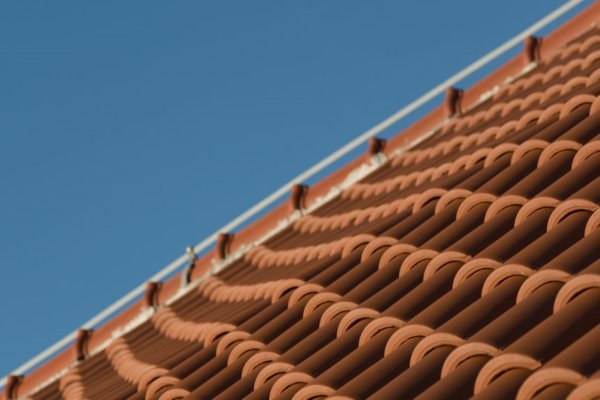
In our decades of experience as a reliable Denver CO roofing company having worked with numerous properties, clay tile roofs are still one of our favorite roofing materials. While they're quite difficult to handle and install, the proper method of installation guarantees their long life and capability to protect your property exceptionally well.
However, clay tiles aren't perfect roofing materials. They can break down quickly right after a storm, which can be problematic when it comes to your budgets. Aside from such, you'll also encounter the following problems.
These two types of damages can be due to moisture penetrating the tiles. While you can replace them if you have a spare clay tile bundle, it is still added expense. However, the tiles can withstand extensive freezing, thawing, and even harsh weather thanks to their density and exceptional manufacturing quality.
Organic debris include bird droppings, leaves with microorganisms invading and feeding on the moisture and other organic materials found in clay tiles. It's vital to know that your clay tile roof is made mostly of soil, clay, and water. Therefore, bacteria and other small organisms can turn it into their habitat. This often leads to the formation of moss and other undesirable materials you can find on your roof.
One wrong step, and you can crack a tile on your roof. However, you'll need to step on your roof to perform inspections. While Lyons Roofing focuses on concrete tile roofs, they're pretty much the same principles you'll need when you're stepping on your clay tile roof too. Learn more below
Tips for Walking On Your Roof
- Distribute your weight evenly
- Transfer your weight between your feet gradually as you walk
- Walk on the balls of your feet
- Never jump or leap from tile to tile
- Make sure you’re wearing soft-soled shoes with good grip.
Best Places to Step
Most concrete tiles are lifted a little off of your roof and sit on wood batten strips, creating a gap under the tiles for ventilation. When you walk on your roof, make sure you are walking on the reinforced part—the lower third of the visible tile. Also, walk on the peaks of the tile, not the valleys.
Places You Should NEVER Step
When walking on your concrete tile roof, don’t ever walk on:
Ridge or hip tiles (the tiles on the peak of your roof)
Tiles in the valley of your roof
Your roof’s rake
The tile’s water channels (where tiles overlap on the sides) (Continued)
Lastly, the biggest problem with clay tile roofs is having to buy an extra bundle just in case you need to repair them in the future. Clay tiles are expensive on their own -- most homeowners intend to DIY their roof repairs because the materials alone are quite expensive. However, doing DIY on your own is impractical and can inflate your costs rather than help you safe instead.
Remember, it's wise to always have top-quality Denver CO clay tile residential roofing instead of introducing your roof to high risk. Allow us at Roper Roofing to deliver the best roofing service for you by contacting us today!